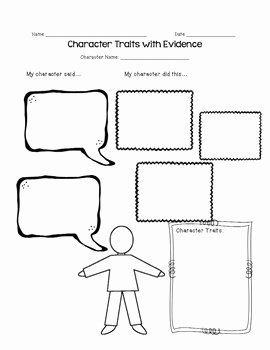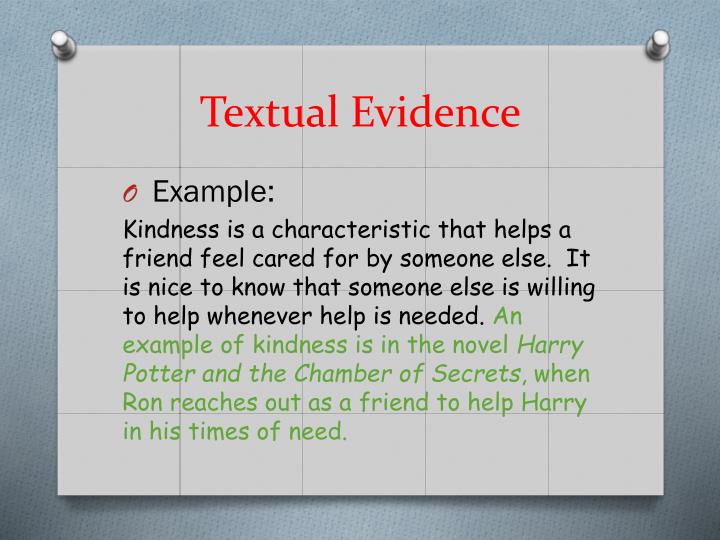

Textual criticism was an important aspect of the work of many Renaissance humanists, such as Desiderius Erasmus, who edited the Greek New Testament, creating the Textus Receptus. Early textual critics, especially the librarians of Hellenistic Alexandria in the last two centuries BC, were concerned with preserving the works of antiquity, and this continued through the Middle Ages into the early modern period and the invention of the printing press.

Textual criticism has been practiced for over two thousand years, as one of the philological arts. In some domains, such as religious and classical text editing, the phrase "lower criticism" refers to textual criticism and " higher criticism" to the endeavor to establish the authorship, date, and place of composition of the original text. Quantitative techniques are also used to determine the relationships between witnesses to a text, called textual witnesses, with methods from evolutionary biology ( phylogenetics) appearing to be effective on a range of traditions. There are many approaches or methods to the practice of textual criticism, notably eclecticism, stemmatics, and copy-text editing. For example, if a story was spread by oral tradition, and then later written down by different people in different locations, the versions can vary greatly. On the other hand, the one original text that a scholar theorizes to exist is referred to as the urtext (in the context of Biblical studies), archetype or autograph however, there is not necessarily a single original text for every group of texts. The same methods can be used to reconstruct intermediate versions, or recensions, of a document's transcription history, depending on the number and quality of the text available. If a scholar has several versions of a manuscript but no known original, then established methods of textual criticism can be used to seek to reconstruct the original text as closely as possible.

This understanding may lead to the production of a critical edition containing a scholarly curated text. The objective of the textual critic's work is to provide a better understanding of the creation and historical transmission of the text and its variants. Intentional alterations may have been made as well, for example, the censoring of printed work for political, religious or cultural reasons. This means that unintentional alterations were common when copying manuscripts by hand. Historically, scribes who were paid to copy documents may have been literate, but many were simply copyists, mimicking the shapes of letters without necessarily understanding what they meant. Such texts may range in dates from the earliest writing in cuneiform, impressed on clay, for example, to multiple unpublished versions of a 21st-century author's work. Textual criticism is a branch of textual scholarship, philology, and literary criticism that is concerned with the identification of textual variants, or different versions, of either manuscripts (mss) or of printed books. Carmina Cantabrigiensia, Manuscript C, folio 436v, 11th century


 0 kommentar(er)
0 kommentar(er)
